“There is nothing new under the sun but there are lots of old things we do not know” – Ambrose Bierce.
Halloween is that time of the year when both the children and adults alike, slip into costumes of ghosts, goblins, princesses, and pirates and indulge in various kinds of fun and festivities. Halloween is so popular in America, that according to a survey nearly $9 Billion are spent on Halloween every year.
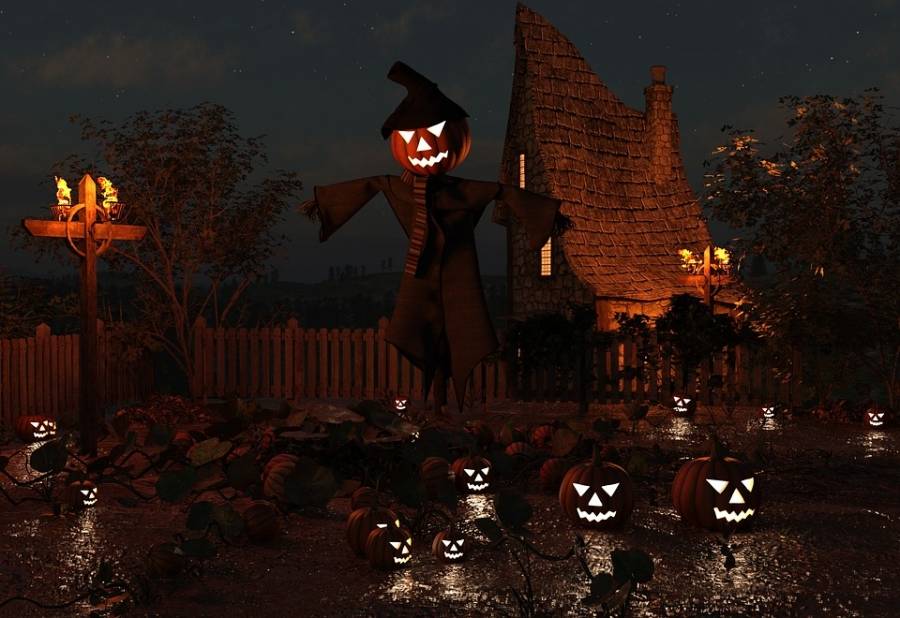
But what is the origin of Halloween? Did the true origin of Halloween occur in America? If not, then where? The answers to these questions would lead us to the pagan origin of Halloween which is linked to a festival of ancient times, which was celebrated centuries ago in a land far from America.
What is the origin of Halloween, is a question that is asked very frequently. Masked children visiting their neighbors in various costumes, and shouting – “Trick or Treat” and receiving candy in return may be a very normal behavior today, but it was not always so. The country of origin of Halloween customs was located on the other side of the Atlantic.
Carving faces into pumpkins and placing candles inside them, decorating inside the homes and also on the outside porch in a gentle terrifying manner, taking pleasure in scaring others or being scared oneself, albeit even if it is just for one night, owes its origin to events that occurred in places far from America, in a time vaguely remembered.
Origin of Halloween traditions goes back to thousands of years old Celtic traditions, where the Celts (ancient people of western Europe, who lived in and around Britain, before the Romans arrived) celebrated a festival known as – Samhain (pronounced sow-in), which marked the end of the Celt year.
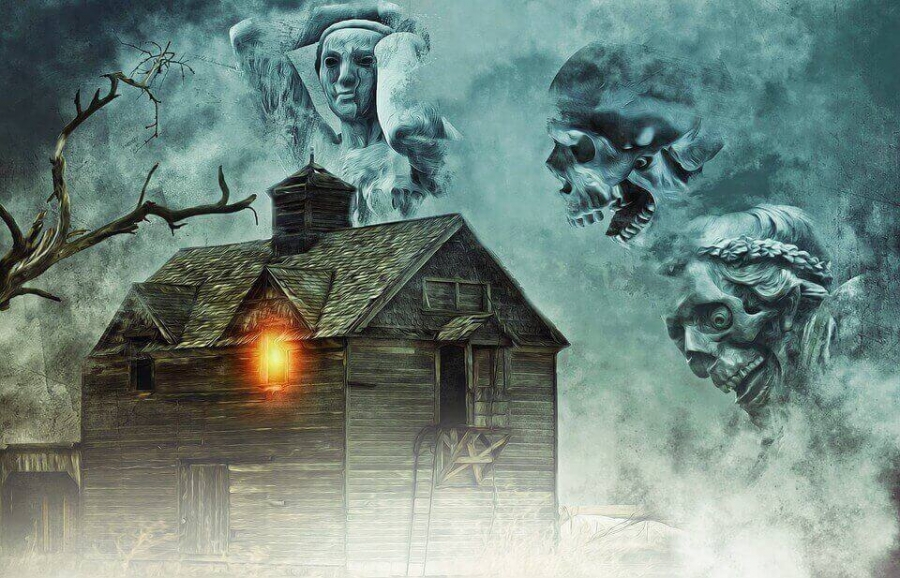
For all practical purposes, the Celtic calendar could be divided into two half – the dark part & the light part (roughly translated to the winter & summer season respectively). The transition between these two halves was marked around the night of October 31 (celebrated as Samhain at the time) and the Celts who lived 2000 years ago, celebrated their new year on November 1.
Samhain was celebrated as a harvest festival, where bonfires were lighted on the night of October 31st. Harvest was a very important occasion for these ancient people of the time, as without proper crop harvest, people would starve. Samhain, however, was more than just a simple harvest festival. The night before the new year was seen as a period when the barrier between the world of the living and the world of the dead was the weakest.
This could ensure that ghosts and otherworldly entities (AOS SI was the name given by the Celts to these spirits and fairies) could come into our world, while even unsuspecting humans could wander off into other realms. So, humans and the dead could even come across each other. The people of the time kept lit candles on the side of the road, so the souls of the departed could find their way back to the spirit world.
The Celtic people of the time would put out food and drinks in their doorsteps so that the friendly spirits roaming around would be happy accepting the gifts. This would ensure the coming period would be prosperous. Some Celtic people would also attire themselves in different kinds of costumes (consisting of animal head and skins), so as not to be attacked by ghosts roaming everywhere during the time.
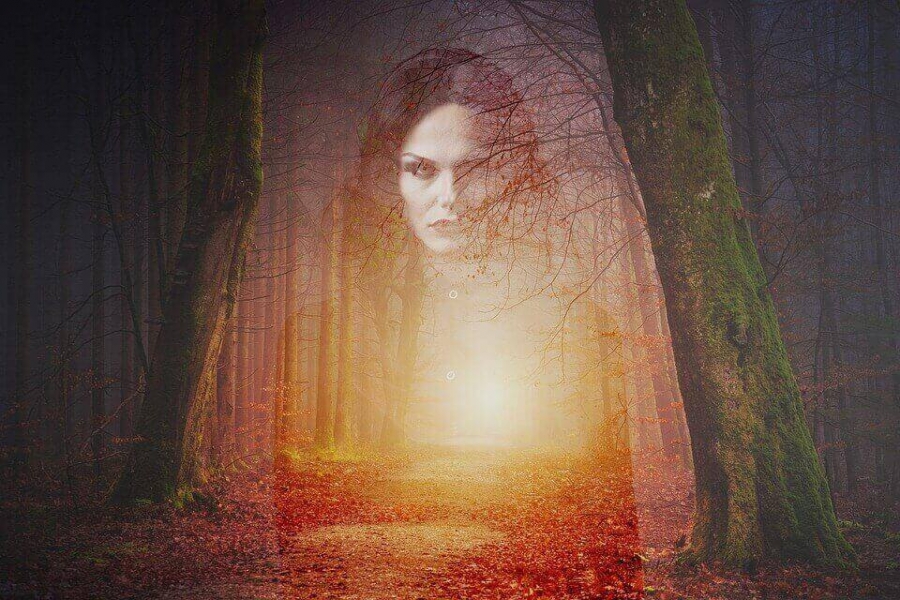
Empty chairs were kept around burning bonfires (where crops and animals were burnt as sacrifices, to ensure the survival of people through the winter months) in the open to welcome the soul of a deceased relative, who could come visiting in those times.
Lemuriawas another one such pagan festival that was celebrated on 13th May in ancient Rome and was concerned with pacifying the dead. In Lemuria, the dead would come back and haunt people and could be pacified only when the pagan Romans put milk on the graves of the dead or offered them cakes.
With time as Christianity spread across the land, many pagan festivals were adapted and modified to suit Christian sensibility, to bring pagans more easily into the fold of Christianity. In 609 A.D. Lemuria the pagan festival was also Christianised, by Pope Boniface IV whereby it became known as All Saints Day - a day when all Christian saints and martyrs were remembered and honored.
The success of the Christianised version of Lemuria – All Saints Day, influenced the clergy very much and Pope Gregory III in 8th century AD shifted it to 1st November, so that the effect of a somewhat similar pagan festival – The Samhain, which fell on the night of the October 31st, could be diluted. As Samhain fell just one day before All Saints Day (which was also known as - All Hallows Day), people started it calling - All Hallows Evening, which changed with time to - All Hallows Even, which finally gave origin to Halloween name.
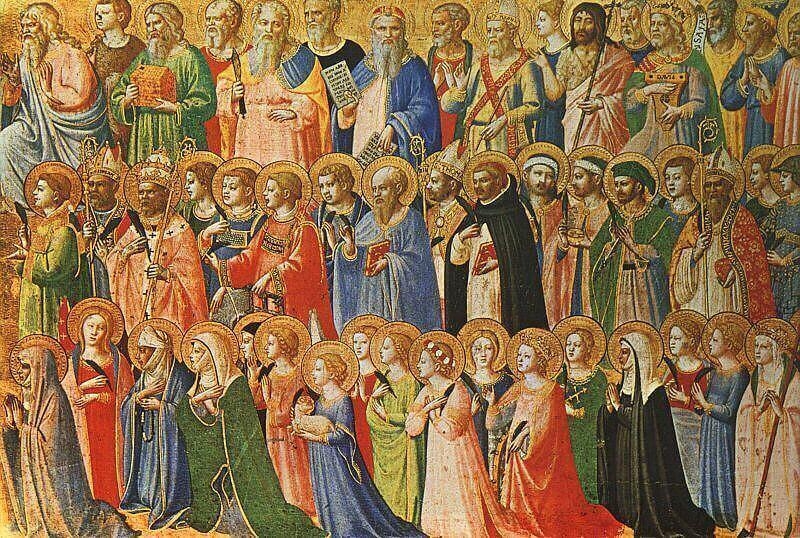
Later the Church also declared 2nd November as All Soul’s Day, which was a day of prayer and remembrance for the souls of all those (ordinary people & not saints), who had died, which further increased the association of Halloween with dead souls. However, the souls of these ordinary people hadn’t reached heaven and were believed to have been struck in a place between heaven and hell. So, the priests in the Middle ages told people to pray for these souls, and with sufficient prayers, the souls could reach heaven.
This advice by Clergy would lead to the development of a custom in middle ages, where the poor would go begging for soul cakes – cakes filled with raisins (in what was known as – Souling). In place of these cakes, the beggars would pray for the souls of the people of these houses, who were deceased and were supposedly trapped between heaven and hell. This old tradition is very similar to the “Treat of Trick” of today and may have given rise to it.
Guisingwas a very similar tradition to Souling that was observed in Scotland and parts of Ireland, in which people went from house to house asking for food and money, but were attired in different kinds of costumes. When the Scottish and Irish immigrants arrived in the Americas in the 19th century, they would bring many of these customs with them to the new world, thus introducing the old customs, in a new place, in a new form.
Modern Halloween icons also developed during the medieval era, when superstitions were rampant. So, witches, brooms, crooked hats, cauldrons, and the black cat caught people’s imagination along with graveyards and ghosts already present previously.
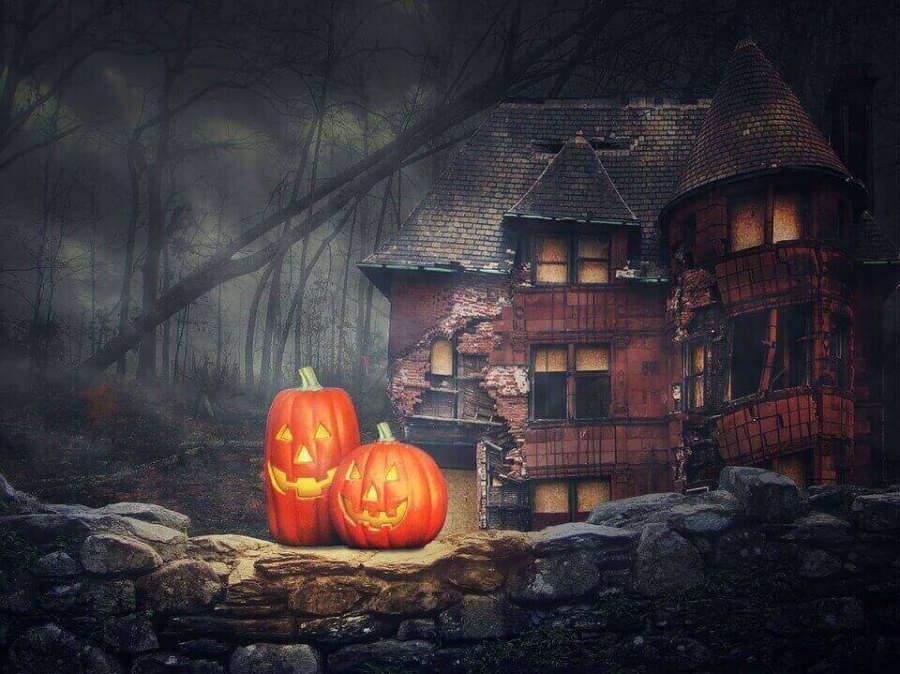
Jack O Lanternforms an integral part of Halloween celebrations. According to Irish legends, Jack o lantern is named after a man named Stingy Jack, who led a sinful lifestyle of deceitfulness and drinking but had managed to trick the devil to never claim his soul.
After the death of Jack, he was prohibited from entering both heaven and hell but still, the devil hurled a piece of burning coal from hell to him. Jack placed the burning coal in a turnip to use as a lantern. So was condemned to spend the entire eternity wandering the Earth, searching for a resting place. Initially, Jack O Lanterns were made up of turnips, beets and potatoes and not pumpkins.
AppleBobbing (also known as bobbing for apples) is another game very often played in Halloween, where a tub full of water with floating apples on them is taken and the players try to catch them with their teeth, as use of arms is not allowed. The tradition associated with the bobbing of apples is supposed to be very ancient and dates back to the period of the Roman invasion of Britain when the conquering Roman army merged many of their customs and celebrations with the ancient Celtic festivals and customs prevalent locally at the time.
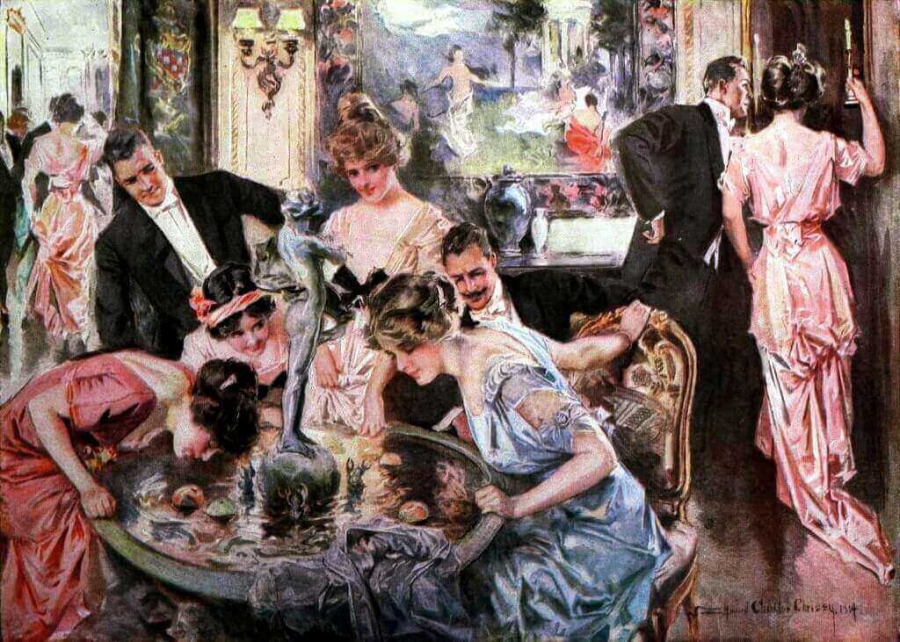
Halloween in the early 20th centurywas getting out of hand as the young boys began to indulge in more destructive tricks and dangerous pranks which sometimes manifested as vandalism, that affected many cities of America. The pranks were no longer innocent, but some activities like throwing stones, setting fire to property & other mischiefs got some people seriously hurt. Letting animals from farms to escape, by opening the gates, was also very common, which caused financial losses (a prank which gave rise to the term – gate night).
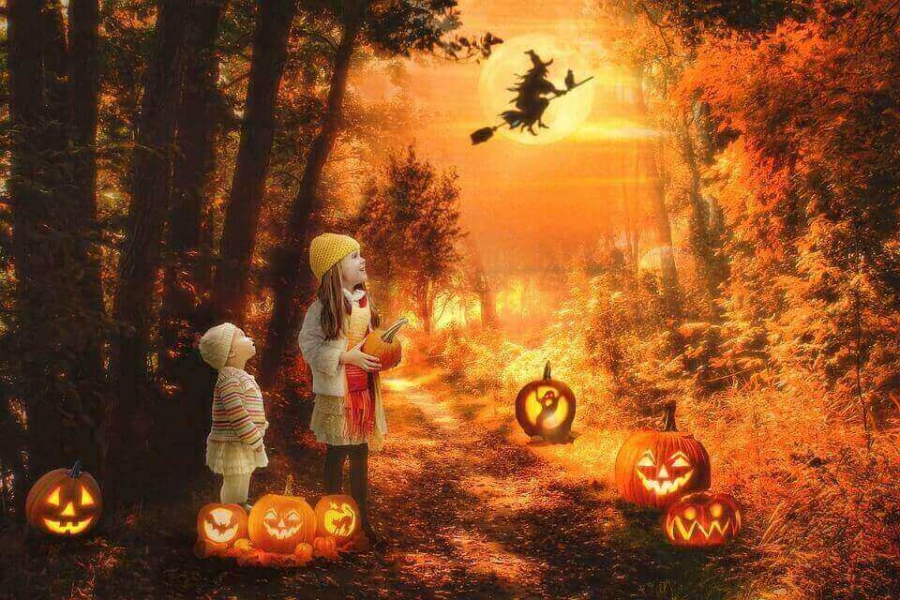
The society members realized that this dangerous trend among boys could give rise to serious social concerns. The authorities, schools & some enterprising yet responsible members of society, all tried to tame this destructive trend by modifying the Halloween celebration.
It was here that “Trick or Treat” was once again rediscovered from the old Celtic traditions, which was designed to bribe off the rowdy children (with homemade treats like candy apples & popcorn balls), away from their unruly behavior (Trick) and turn the occasion into a peaceful family celebration. Although the phrase “Trick or Treat” is less than 100 years old the origin of this Halloween custom has its roots in traditions that go back centuries and involved asking for food from homes of other people.
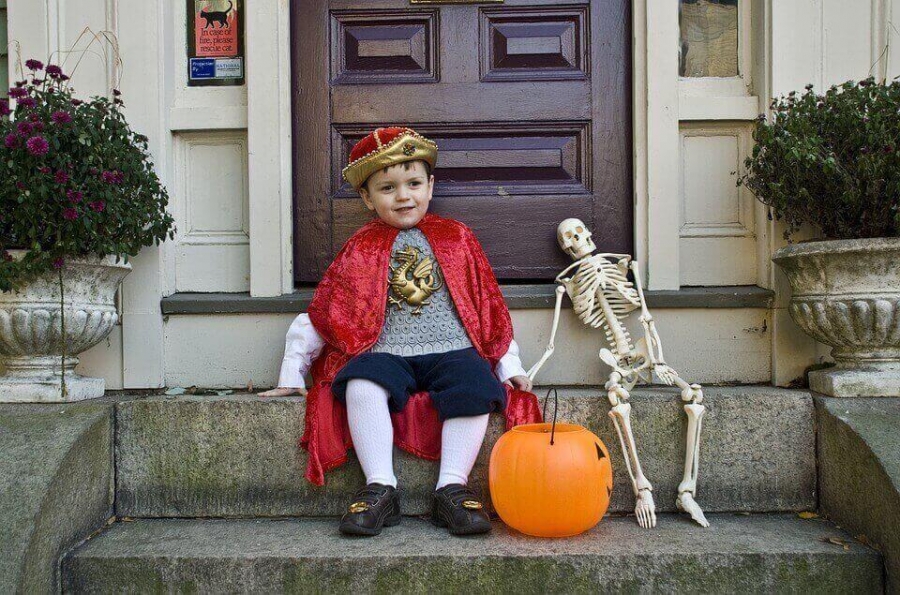
Here it would be important to mention that in the 1800s, poor people would go knocking on doors, at the time of thanksgiving asking for food and other help. The rich kids went out dressed in rags to mock them & it was known as “Ragamuffin Day” at the time. At the time of the Great Depression, poor financial conditions would lead to the fizzling out of this tradition on Thanksgiving Day, as people were no longer in a position to offer others any help. However, after the Great Depression, this ceremony again picked up with great pomp and vigor in the form of Halloween celebrations.
Origin of Halloween costumes would be an important step in the evolution of the festival as costume parties, games, trick or treat, Halloween parades were encouraged, and soon became part of the celebration. This allowed the children to celebrate Halloween more acceptably while giving rise to what would be later, a billion-dollar Halloween industry – selling masks, costumes, pre-packaged candies, chocolates, and other Halloween accessories.
Here it would be important to mention that the two colors most commonly associated with Halloween are orange and black. Orange is considered by many as a symbol of endurance & strength and along with other colors like brown and gold stands for autumn and harvest. The importance of the black color rises from the fact that people used to wear black clothes to the bonfire as a sign of mourning, to honor their late relatives.
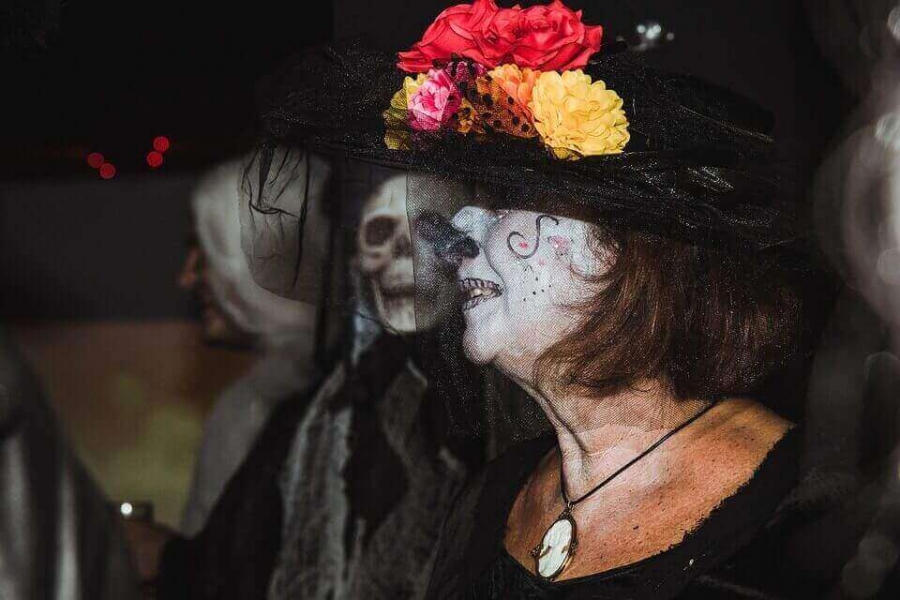
In the second half of 20th century, Halloween as a festival became more popular as it was reflected in various TV shows and movies made in Hollywood, which made the appeal of Halloween more universal and projected it to the world stage as an American national festival, which was celebrated by children and adults alike.
Halloween attained a philanthropic color when in 1950, groups of kids living in Philadelphia donated all the money, they had collected in the Halloween night to the UNICEF, which later turned into an annual tradition. In this “Trick -or- Treat for UNICEF” program, small collection boxes are distributed to millions of children across the United States, who go across homes asking for small donations, which could be used for a greater humane purpose.
Finally, our discussion of Halloween wouldn’t be complete, without discussing –Samhainophobia- the fear of Halloween or fear of the festival of the dead. The vast majority of people who suffer from Samhainophobia are children. A previous negative or traumatic experience related to Halloween is often responsible for this condition. This condition manifests itself as panic attacks and/or other physical symptoms, which may need some kind of therapy.
The origin of Halloween in the USA has been a long journey. Origin of Halloween in America started as a pagan festival that was celebrated by the Celts thousands of years ago, which later influenced and was integrated with a religious Christian tradition in medieval Europe, that honored the dead. Later by the 16th century, Celtic Origin of Halloween had turned into a kid’s celebration, where the kids were indulging in pranks and asking for stuff. With the coming of Irish & Scottish immigrants, the tradition finally reached America.
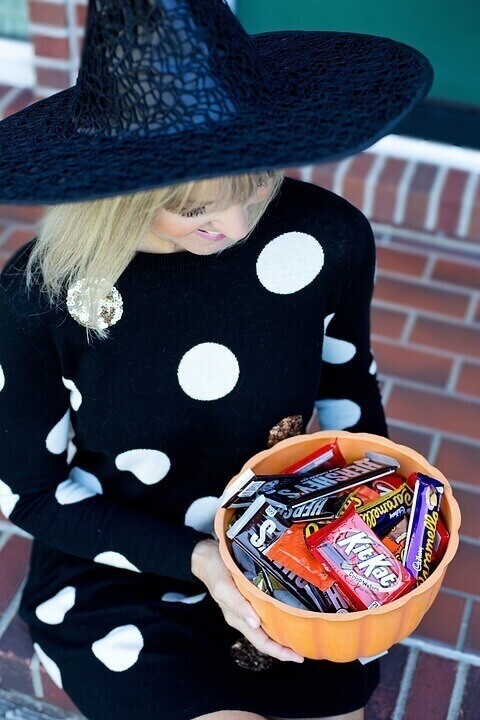
Although the modern celebration has changed a lot from the origin of Halloween’s Pagan roots, few things remain the same. It is a time when the supernatural and other superstitious belief become part of routine life (even if only for a small time), and it is a time to celebrate and make merry with near and dear ones, and share food (even if it just candies) with random strangers.